Electric ball valve-metal seated vs soft-seated type
What is the difference between an electric hard-sealed ball valve and an electric soft-sealed ball valve?
There are many types of ball valves, and the corresponding working conditions are different according to the structure, connection method and valve body material. However, in all types of ball valves, the sealing form is only divided into two categories: soft seal and hard seal. Since the sealing materials used are different, the performance characteristics of the products are different, so the applicable working conditions are naturally different.
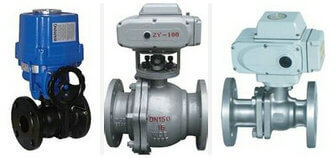
electric ball valve
1. From the price point of view, compared with the electric hard-sealed ball valve, the price of the electric soft-sealed ball valve will be cheaper and the cost will be lower!
2. In terms of material, electric hard-sealed ball valves use metal seats, mostly stainless steel + cemented carbide, with high machining accuracy and process technology requirements, and a wide range of applications. They can be used in normal temperature, low temperature, and high temperature and high pressure conditions. Electric soft-sealed ball valve, the valve seat is divided into fluoroplastics, rubber, resin and other types, mostly used in normal pressure and normal temperature, normal pressure and low temperature conditions.
3. From the structural mechanism
(1) The electric soft sealing ball valve is easy to achieve better sealing effect, and is resistant to corrosion, acid and alkali; the disadvantage is that it is not resistant to high temperatures, the sealing surface is easy to wear, and the mechanical properties are relatively poor. (Used for occasions with high sealing requirements, or corrosive media, and no particles at room temperature and pressure.)
(2) Electric hard-sealed ball valve is the opposite, which can withstand high temperature, abrasion resistance, and has good mechanical properties. The disadvantage is that the sealing performance of this type of seal is poor. (Generally, it is recommended to use hard-sealed ball valves for media that contain solid particles or wear and whose temperature is higher than 250 degrees.)
4. From the level of valve leakage, hard-sealed valves: Generally, they are Class V, and can reach Class VI as high as possible. Soft-seal valve: generally VI grade. The biggest problem with soft-seal valves is poor wear resistance. After using for a period of time, if there are solid impurities in the liquid medium, the valve seat may be worn, which will increase the leakage and decrease the sealing performance.
TH Valve is a professional manufacturer of butterfly valve, gate valve, check valve, globe valve, knife gate valve, ball valve with API, JIS, DIN standard, used in Oil, Gas, Marine industry, Water supply and drainage, fire fighting, shipbuilding, water treatment and other systems, with Nominal Diameter of DN50 to DN1200, NBR/EPDM/VITON, Certificates & Approvals: DNV-GL, Lloyds, DNV, BV, API, ABS, CCS. Standards: EN 593, API609, API6D
Related news/knowledge:
pneumatic fluorine-lined butterfly valve vs pneumatic hard-sealed butterfly valve;
Fluorine-lined butterfly valve vs metal seated butterfly valve;
electric fluorine-lined butterfly valve vs electric metal seated butterfly valve;
electric wafer butterfly valve vs electric flange butterfly valve

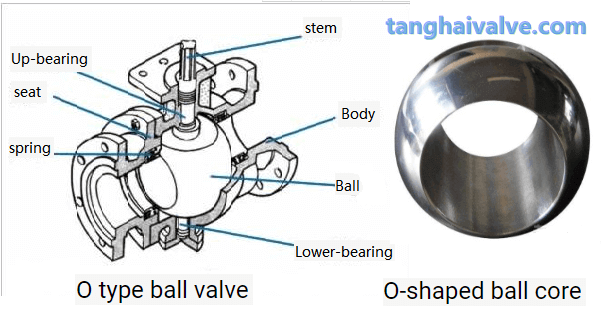
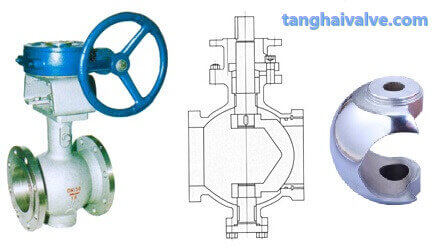
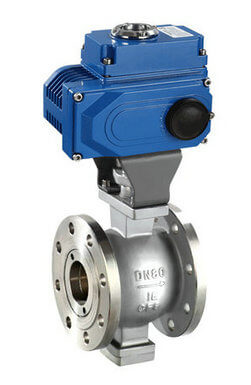
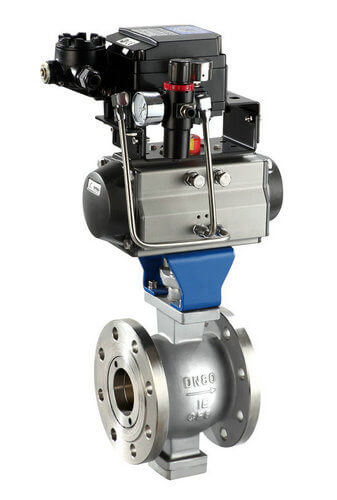
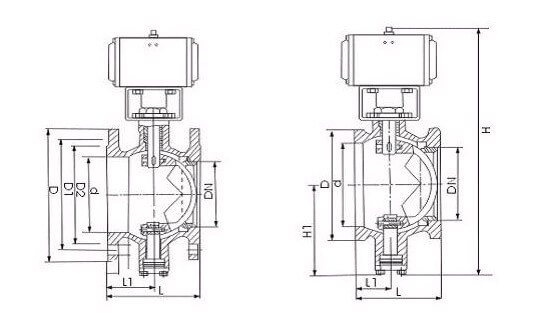
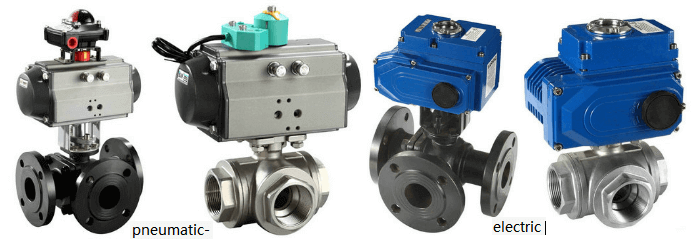
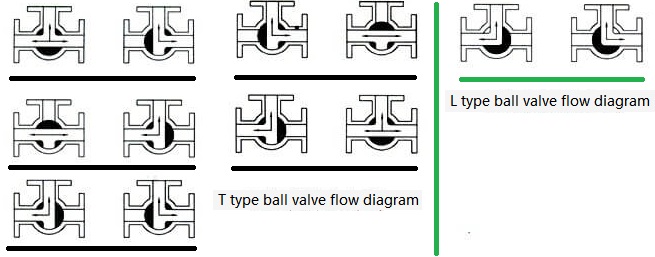
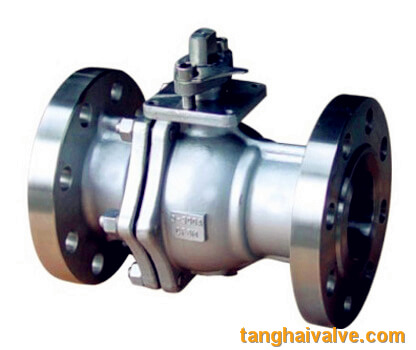


 © Copyright 2020 Tianjin Tanghaidongyang Valve Co., Ltd. All Rights Reserved.
© Copyright 2020 Tianjin Tanghaidongyang Valve Co., Ltd. All Rights Reserved.